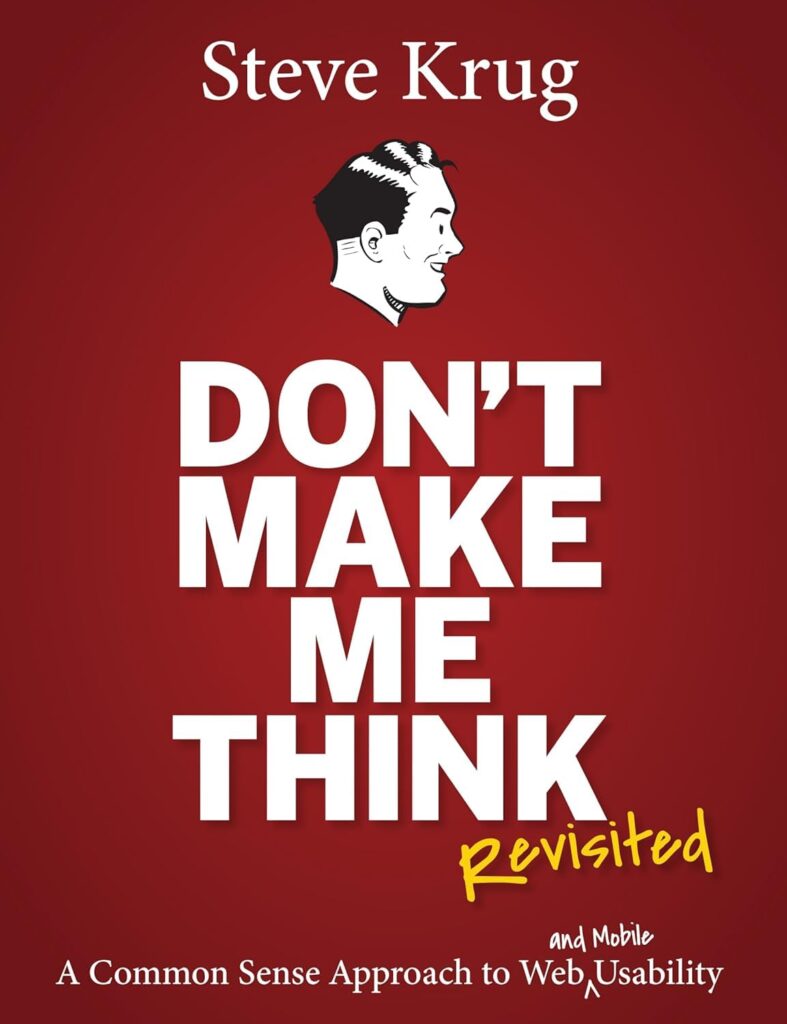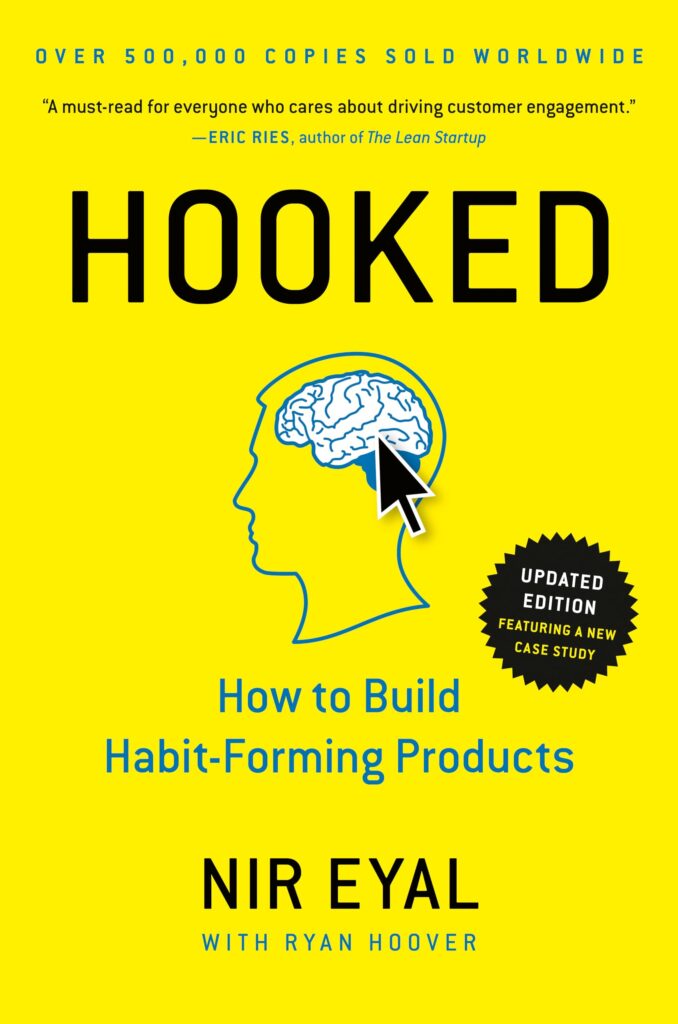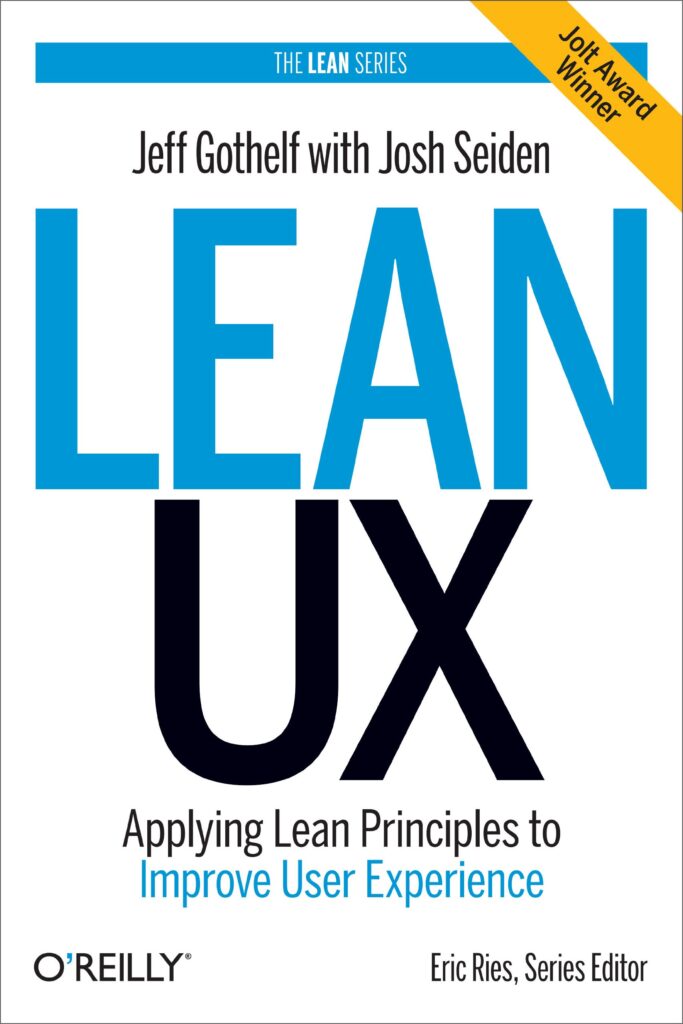User Experience (UX) design has become an essential discipline in the digital age, blending creativity, psychology, and technology to craft seamless and impactful user experiences. To excel in this dynamic field, continuous learning is vital. Books remain one of the best resources for gaining in-depth knowledge and insights. In this article, we explore the top 10 books every UX designer should read in 2025, discuss the benefits of self-learning, and highlight opportunities to further your education through short courses.

1. “Don’t Make Me Think” by Steve Krug
- Overview: Steve Krug’s seminal work on web usability is a cornerstone for understanding intuitive navigation and information design. The book’s title encapsulates its core philosophy: designs should be so intuitive that users don’t need to think about how to interact with them.
- Why Read It: The updated Revisited edition includes insights on mobile-first design and responsive interfaces, making it particularly relevant in today’s digital landscape.
- Key Takeaways:
- Learn how to conduct quick and effective usability tests.
- Understand the importance of reducing cognitive load in design.
- Discover strategies for creating user-friendly navigation systems.

2. “The Design of Everyday Things” by Don Norman
- Overview: Don Norman’s classic explores how design influences human behaviour, introducing key concepts such as affordances, signifiers, and feedback loops.
- Why Read It: This book is foundational for understanding human-centred design principles that apply beyond digital interfaces.
- Key Takeaways:
- Gain insights into designing products that align with human psychology.
- Understand error prevention strategies to improve usability.
- Learn how to create designs that are both functional and delightful.

3. “Hooked: How to Build Habit-Forming Products” by Nir Eyal
- Overview: Nir Eyal introduces the Hook Model, a framework for designing products that foster habitual use through triggers, actions, variable rewards, and investments.
- Why Read It: Ideal for designers aiming to create engaging products that drive user retention and loyalty.
- Key Takeaways:
- Understand behavioural psychology principles to optimise user engagement.
- Learn how to balance ethical considerations when designing addictive products.

4. “100 Things Every Designer Needs to Know About People” by Susan Weinschenk
- Overview: This book bridges psychology and design by explaining how human behaviour influences interaction with products.
- Why Read It: It’s a practical guide for applying cognitive psychology principles to UX design.
- Key Takeaways:
- Explore cognitive biases that impact decision-making.
- Learn techniques for designing interfaces that align with user motivations.

5. “The Elements of User Experience” by Jesse James Garrett
- Overview: Garrett introduces a structured approach to UX design through five interconnected planes—Strategy, Scope, Structure, Skeleton, and Surface.
- Why Read It: Perfect for beginners seeking a comprehensive framework for creating cohesive user experiences.
- Key Takeaways:
- Understand how each plane contributes to the overall user experience.
- Learn methods for aligning business goals with user needs.

6. “Lean UX” by Jeff Gothelf and Josh Seiden
- Overview: This book integrates UX design with agile development processes, emphasising collaboration and iterative testing.
- Why Read It: Lean UX principles are invaluable for teams working in fast-paced environments where adaptability is key.
- Key Takeaways:
- Master techniques for rapid prototyping.
- Learn strategies for fostering cross-functional collaboration.

7. “Sprint” by Jake Knapp, John Zeratsky, and Braden Kowitz
- Overview: Developed at Google Ventures, Sprint outlines a five-day process for solving complex problems through prototyping and testing.
- Why Read It: Offers actionable steps for validating ideas quickly without extensive resources.
- Key Takeaways:
- Understand the sprint methodology for rapid problem-solving.
- Learn how to test ideas effectively within tight timelines.

8. “Designing with the Mind in Mind” by Jeff Johnson
- Overview: Johnson explains how cognitive psychology principles influence interface design decisions.
- Why Read It: A must-read for designers who want to create interfaces that align with human thought processes.
- Key Takeaways:
- Explore how users perceive information on screens.
- Learn techniques for reducing cognitive load through intuitive designs.

9. “Information Architecture: For the Web and Beyond” by Louis Rosenfeld, Peter Morville, and Jorge Arango
- Overview: This book provides insights into organising complex information systems effectively.
- Why Read It: Essential for designers working on large-scale projects requiring clear content organisation.
- Key Takeaways:
- Understand strategies for improving navigation and searchability.
- Learn techniques for structuring information hierarchies.

10. “Universal Principles of Design” by Lidwell, Holden & Butler
- Overview: A comprehensive reference covering universal design principles applicable across disciplines.
- Why Read It: Offers timeless insights into creating designs that resonate universally.
- Key Takeaways:
- Explore principles like accessibility and consistency to enhance usability.
- Learn how feedback mechanisms improve user satisfaction.
The Benefits of Self-Learning in UX Design
Self-learning has become an increasingly popular pathway for aspiring UX designers due to its flexibility and accessibility. Here are some of the key benefits:
- Customised Learning Pace
Self-learning allows you to tailor your education according to your schedule and priorities. Whether you’re balancing a full-time job or other commitments, you can learn at your own pace without external pressures. - Cost-Efficiency
Books, online articles, free resources like blogs or YouTube tutorials, and affordable online courses make self-learning a cost-effective alternative to formal education programmes or bootcamps. - Focus on Specific Interests
Unlike traditional courses with set curricula, self-learning lets you dive deep into areas of personal interest—whether it’s usability testing or interaction design—without spending time on topics you may already know. - Portfolio Building
By working on personal projects during your self-learning journey, you can build a portfolio that showcases your skills and creativity—an essential asset when applying for UX roles.
Access to Global Resources
The internet provides access to a wealth of knowledge from global experts through webinars, case studies, podcasts, and more. You can learn from industry leaders without geographical constraints.
Taking Your Learning Further with Short Courses
While self-learning offers numerous benefits, supplementing it with structured education can provide additional advantages such as mentorship and peer collaboration. Short courses are an excellent way to gain hands-on experience in a focused timeframe.
One such option is CuriousCore’s 2-Day UX Design Course. Designed specifically for beginners or professionals transitioning into UX roles, this course offers:
- Practical exercises in user research methods like interviews and surveys.
- An introduction to wireframing tools such as Figma or Adobe XD.
- Real-world case studies that demonstrate best practices in UX design.
The course is led by experienced instructors who provide personalised feedback on your work—something often missing from self-learning approaches. Additionally, you’ll have the opportunity to network with peers who share similar interests or career goals.
For those looking to fast-track their learning while still benefiting from expert guidance, CuriousCore’s short course is an ideal starting point.
Conclusion
The books listed above provide invaluable knowledge for mastering UX design in 2025. Whether you’re exploring foundational concepts or advanced methodologies, these resources will help you stay ahead in an ever-evolving field. Coupled with the flexibility of self-learning and opportunities like short courses from organisations like CuriousCore, aspiring designers have all the tools they need to succeed.
By immersing yourself in these resources and taking advantage of structured learning opportunities when needed, you’ll be well-equipped to craft exceptional user experiences that meet modern demands while advancing your career as a UX designer.
